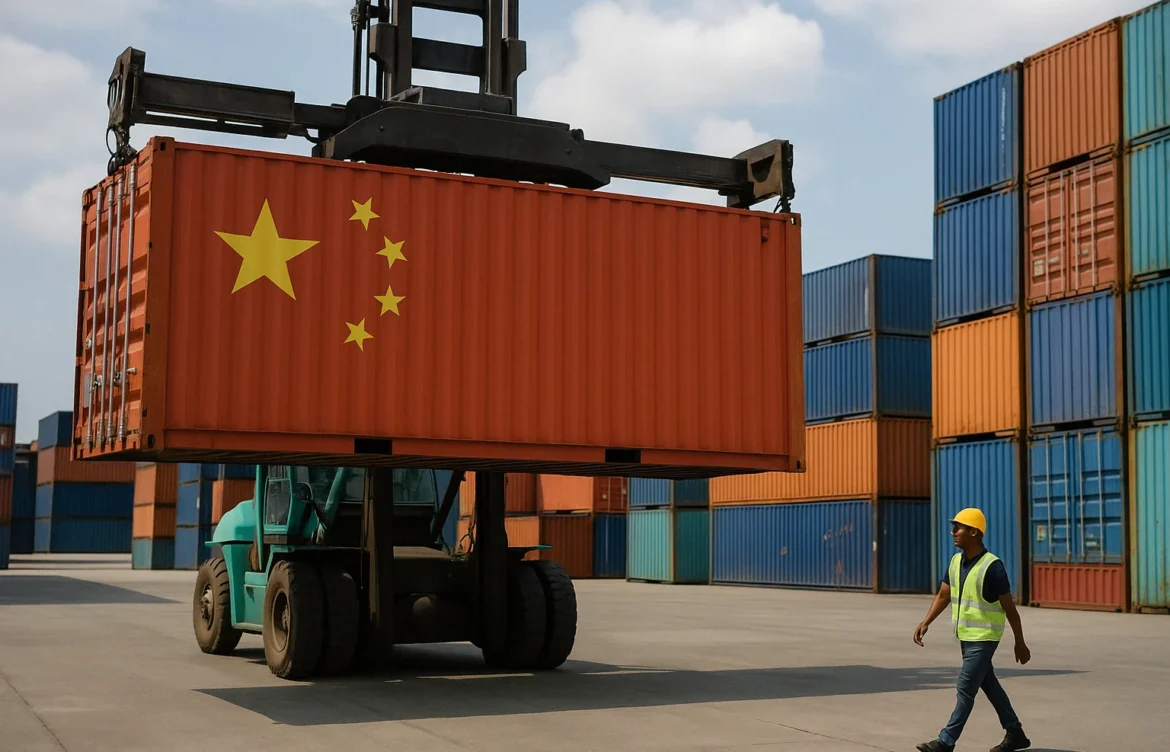
The Difference Between “Double Clearance & Tax Included” and DDP in International Shipping
In international express or logistics services, you may often come across terms like “Double Clearance & Tax Included” and DDP (Delivered Duty Paid). Are they the same? If not, what are the differences? Let’s break it down.
Similarities Between “Double Clearance & Tax Included” and DDP
✔ Double Clearance: Refers to export customs clearance (in the origin country) and import customs clearance (in the destination country).
✔ Tax Included: Covers additional fees such as fuel surcharges, destination clearance fees, and import taxes.
✔ Essentially, “Double Clearance & Tax Included” = Export clearance + Import clearance + Delivery after tax payment.
✔ In simpler terms, “Double Clearance & Tax Included” is essentially DDP in general trade.
✔ Most “Double Clearance & Tax Included” services include import tax and door-to-door delivery, which is the same as DDP.
Common Shipping Terms & Their Tax Responsibilities:
- Express Shipping: Usually DDU (Delivered Duty Unpaid) – The buyer handles import tax.
- Traditional Air Freight: Typically DAP (Delivered at Place) – Seller delivers to destination port, buyer handles clearance & tax.
- Air Parcel (Air + Local Delivery): Could be DDU or DDP, depending on the arrangement.
- Dedicated Shipping Lines (e.g., sea/rail freight): Mostly DDP – Seller covers all costs, including tax.
Key Differences Between “Double Clearance & Tax Included” and DDP
✔ “Double Clearance & Tax Included” means the freight forwarder handles export & import clearance, plus door delivery.
✔ DDP is very similar—it includes all shipping costs (freight, customs fees, destination taxes, etc.), ensuring a smooth delivery to the buyer’s doorstep, just like express shipping.
The Main Distinction:
- DDP requires the shipper & receiver to provide export/import documents, which the freight forwarder or customs broker uses for clearance.
- “Double Clearance & Tax Included” means the freight forwarder handles all documentation, often under their own or a trading company’s name for unified customs processing.
Conclusion:
While both “Double Clearance & Tax Included” and DDP involve tax-paid door delivery, the key difference lies in who handles the documentation. DDP relies on the buyer/seller’s provided paperwork, whereas “Double Clearance & Tax Included” lets the freight forwarder manage everything.
Need help choosing the right shipping method? Let us know in the comments!
